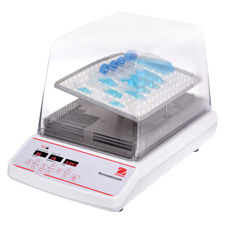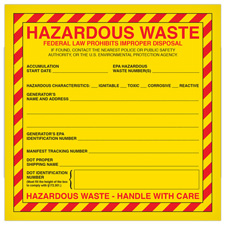| The Home page of ILPI's Safety Data Sheet (SDS) Resource, the leader in SDS information since 1995! | |
| The history and philosophy behind this resource. | |
| A curated collection of books and reference materials concerning Safety Data Sheets and closely related topics. | |
| Paste your plain text SDS into the SDS-Demystifier, and it will be converted into a hypertext-enriched document with links to detailed explanations of each key term. | |
| An extensive list of frequently asked questions about Safety Data Sheets including regulations, content, compliance, and more. | |
| A humorous take on Safety Data Sheet jargon. Fill in the blanks on our entry form to generate a personalized Unsafety Data Sheet to share with your coworkers. | |
| Since 1995, we've maintained this massive curated list of the best places to find Safety Data Sheets on the Internet. | |
| You are here! Way more than a glossary, this hypertext-enhanced resource covers hundreds of SDS-related terms and expert knowledge. Each entry includes both the SDS relevance and links to additional authoritative resources. | |
| Archived results of Safety Data Sheet related polls taken by some of our millions of site visitors | |
| The OSHA regulations behind SDS regulations, including the inspection guidelines and over 400 official interpretations letters under the Hazard Communication Standard | |
| Commercial suppliers of SDS authoring and management software as well as cloud compliance services. | |
| Commercial companies that will create SDS's for your specific needs as well as SDS translation companies. |

Safety signs, banners, and scoreboards? Get yours at Safety Emporium!
Definition
The solubility of a substance is the maximum amount of a material (called the solute) that can be dissolved in given quantity of specified solvent at a given temperature. When a solute is dissolved in a solvent to give a homogeneous mixture, one has a solution.
Solubility is generally expressed as the number of grams of solute in one liter of saturated solution. For example, solubility in water might be reported as 12 g/L at 25 oC.
Molar solubility is the number of moles of solute in one liter of saturated solution. For example, 0.115 mol/L at 25 oC.
Additional Info

Safety Emporium has all kinds of lab equipment such as this incubating rocking shakers and more.
For about 95% of all compounds, solubility in water increases with increasing temperature. Many compounds can have their solubility in water increased or decreased by the presence of another solute.
Solubilities can be broken into four general classes:
- Soluble
- Slightly soluble
- Sparingly soluble
- Insoluble
Sparingly soluble materials have very low solubilities such as 0.5 g per liter or (much) lower.
When discussing the solubility of one liquid in another, two additional terms are sometimes used:
- Immiscible liquids are insoluble in each other. Oil and water is a typical example.
- Miscible liquids form one homogeneous liquid phase regardless of the amount of either component present. A good example is methanol in water.
The chemical basis for why some materials are soluble in each other while others are insoluble is beyond the scope of this text. See Further Reading below for some good General Chemistry explanations.
Books Available
NOTE: We may collect a share of sales or other compensation from the links in the following list:
- "Solubility and Solubilization in Aqueous Media", Hardcover, 496 pages, 1999. Estimated price $255.00. Info and/or order.
- "Thermodynamics, Solubility and Environmental Issues", Hardcover, 492 pages, 2007. Estimated price $132.00. Info and/or order .
- "Handbook of Aqueous Solubility Data, 2nd Edition", Paperback, 1,620 pages, 2019. Estimated price $82.20. Info and/or order .
- "Ionic Equilibrium: Solubility and pH Calculations", Hardcover, 559 pages, 1998. Estimated price $103.05. Info and/or order .
SDS Relevance
If known, the solubility of a substance will be found on Section 9 (physical and chemical properties) of a Safety Data Sheet. Knowing the solubility of a material can help you know if it may contaminate waste water, what the concentration of a solution may be, how much material will dissolve in a given volume of water, and much more. Solubilities are very handy and versatile.

Bzzzt: Some folks have reported seeing terms like "WATER -Z26020" or "WATER -Z1076" on ancient versions of Sigma Chemical data sheets. These were the result of a computer coding error. Contact the manufacturer directly to get a revised/updated sheet or report the problem.

Get your hazardous waste labels from Safety Emporium.
Further Reading
- Solubility Introduction at Course Hero, Inc.
- Solubility info at SparkNotes.
- Solubility at Purdue University.
- Solubility Curves at at AUS-e-TUTE.
- Solubility of Things, an entire web site devoted to the topic!
- Solubility at Openstax's free chemistry textbook, Chemistry 2e.
- UPAC-NIST Solubility Database, Version 1.1 NIST Standard Reference Database 106.
See also: Concentration units, mole, solvent.